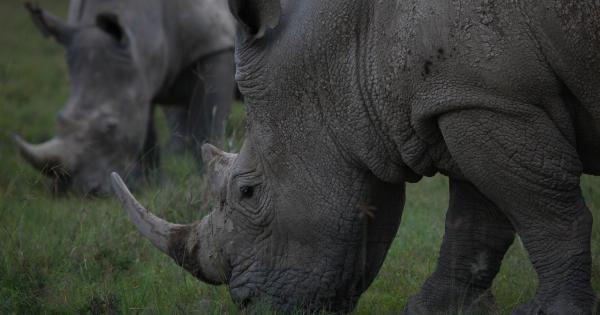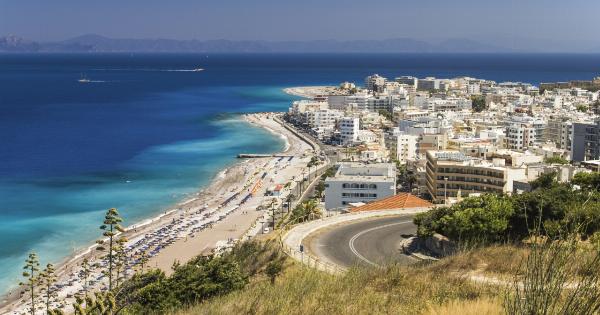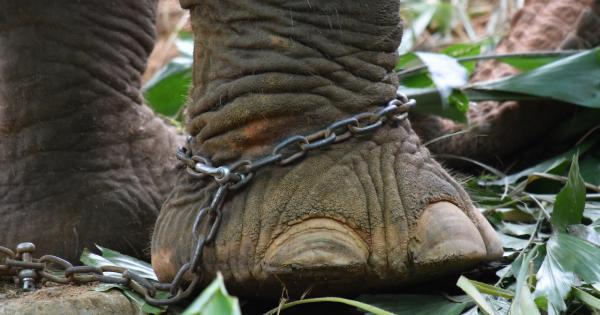The Mediterranean Monachus monachus seal, also known as the Mediterranean monk seal or Hawaiian monk seal, is a marine mammal that is native to the Mediterranean Sea.
It is one of the most critically endangered seals in the world, with a population of less than 700 individuals remaining.
Physical Characteristics
The Mediterranean monk seal is a large seal species, with males reaching lengths of up to 8 feet and weighing between 500 and 600 pounds. Females are slightly smaller, typically measuring around 6 feet in length and weighing between 300 and 400 pounds.
They have a streamlined shape, allowing them to swim efficiently through water.
Habitat
The Mediterranean monk seal is primarily found in the Mediterranean Sea, which is why it gets its name. It inhabits coastal areas, sea caves, and remote islands where it seeks refuge. These seals are highly adapted to marine and coastal environments.
Diet
The diet of the Mediterranean monk seal consists mainly of fish, including octopuses, squid, and various species of bony fish. They are skilled divers and can reach depths of up to 200 feet in search of food.
Their diet varies based on the availability of prey and the season.
Behavior
These seals are solitary creatures and prefer to maintain a distance from humans. They are mostly nocturnal and spend most of their time hunting for food or resting on secluded beaches and rocky shores.
They are excellent swimmers and can stay submerged for extended periods.
Threats and Conservation
The Mediterranean monk seal faces a multitude of threats that have led to its critically endangered status. One of the main threats is habitat destruction, as humans continue to encroach upon their coastal habitats for tourism and development purposes.
Pollution, overfishing, and accidental entanglement in fishing gear also contribute to the decline of these seals.
Conservation Efforts
Several conservation organizations and governments are working to protect the Mediterranean monk seal.
These efforts include establishing protected areas, enforcing fishing regulations, and creating awareness about the importance of preserving their habitat. Rehabilitation centers have also been established to care for injured or orphaned seals.
Reproduction and Life Cycle
Mediterranean monk seals have a typical lifespan of around 25 to 30 years. They reach sexual maturity between the ages of 4 and 7 years.
Breeding season occurs during the late summer and early fall, with females giving birth to a single pup after a gestation period of around 11 months.
Interaction with Humans
Historically, the Mediterranean monk seal was hunted for its valuable fur, meat, and oil. However, hunting is now illegal in most countries, and the focus has shifted towards conservation and protection efforts.
Today, the presence of humans near their habitats can still disturb or displace the seals, so it is important to respect their space and reduce human impact on their environment.
Conclusion
The Mediterranean monk seal is a unique and critically endangered species that requires immediate attention and conservation efforts.
By protecting their habitats, reducing pollution and unsustainable fishing practices, and raising awareness about their importance, we can ensure the survival of this beautiful marine mammal for future generations.





























